Boots on the Ground: A Look Back at the Hotes Foundation’s Rebuilding of Katrina’s “Ground Zero”
Whole city blocks were missing, houses torn off their foundations and dropped in roadways, the entire city of Waveland, Mississippi—gone. Ten years ago this week Hurricane Katrina made landfall in Waveland, and just days later 50 Hotes Foundation volunteers were there. What greeted the volunteers wasn’t only incredible destruction, the carnage of a whole city and coastline, but a glaring lack of other aid organizations. No Red Cross. No FEMA. Here at “Ground Zero” where one of the worst natural disasters in the history of the United States unfolded, there was only the Hotes Foundation and local volunteers helping their neighbors.
In what would be considered on many levels a heroic effort, over the next 35 demanding days, Hotes Foundation volunteers constructed a total of 150 buildings to replace vital infrastructure in Waveland, Bay St. Louis, Pass Christian, and over ten cities across Mississippi and Louisiana. Working 13-hour days, on top of seven hours of driving to the nearest functioning town, the Hotes Foundation volunteers rebuilt what Hurricane Katrina ripped away.
Although the media attention was focused on New Orleans, the eye of the storm had in fact passed directly over Waveland, ripping up trees, flattening houses, erasing the beautiful gulf city and not leaving a single public building standing. Immediately seeing the need, Hotes Foundation volunteers constructed a City Hall, fire station, command center, and a police station. Shops and restaurants had been obliterated, the wreckage of fast food restaurants and gas stations like a scene from a dystopian apocalypse. Seeing that residents needed food distribution centers the Hotes team built a much needed market. With the schools destroyed, students had no place to study, so the Hotes Foundation built classrooms. Everywhere they turned they saw what needed to be done and didn’t hesitate. Buildings went up literally overnight.
Nothing about being in a disaster zone is easy. As a result of the Waveland sewage treatment plant being obliterated by 128 mph winds and a 27’ storm surge, human waste was spread across the entire city. Coupled with 100-degree heat and 90% humidity, the stench was more than awful. Roads strewn with debris, downed power lines, and broken trees everywhere, made getting to the next place to help nearly impossible, requiring the Hotes Foundation team to be ingenious and daring. What would ordinarily be a ten-minute drive would take an hour; what once took one hour could take six. Not knowing how deep the water was, teams crossed flooded fields to get to those in need. They found people without shelter and built air-conditioned homes; they found churches leveled and built places to worship.
Everywhere the team went, what was glaring was the lack of other aid organizations. Help from government or large aid organizations was nowhere to be seen. The Hotes Foundation volunteers became the rescue team for an entire region.
Unfortunately for millions of others, the billions in aid available from their tax dollars was tied up in the bureaucratic hands of FEMA, while the bulk of donations entered the coffers of the Red Cross, to the tune of almost $1 billion dollars. Most people already know about the inescapable humanitarian failure of FEMA and the Red Cross during the chaos of the ensuing weeks, but few know of the damage caused by the “help” they did give.
FEMA purchased 145,000 trailers for the temporary housing of victims, 120,000 of which were found to be contaminated with unsafe levels of formaldehyde, thus putting the lives of hundreds of thousands of Americans at risk and costing taxpayers well over $3 billion.
But the atrocities continue.
FEMA spent $7.9 million to renovate former Army base Fort McClellan in Anniston, Alabama to provide shelter for hurricane victims. At a nightly rate of $263,000 FEMA sheltered a grand total of no more than ten people a night and shut down the base and program after one month. In addition, FEMA spent $6.6 million to tarp disaster victims’ houses, but after contracting labor to install the tarps, each ended up costing close to $2,500, or the price of a new, permanent roof.
It gets worse.
A year after the storm a New York Times article titled, “'Breathtaking' Waste and Fraud in Hurricane Aid” reported that “roughly 1,100 prison inmates across the Gulf Coast collected more than $10 million in rental and disaster-relief assistance.” Apparently, it’s easier to get government aid from a prison cell than it is from the middle of a disaster zone.
What this all boils down to is that while FEMA sat on the sidelines and the Red Cross played its broken record of asking for money (and doing little else), the Hotes Foundation was enacting what a truly caring public wanted—distributing aid and rebuilding. In a unified effort that exemplified founder Richard Hotes’ belief that dedicated volunteers on the ground can help communities recover from the most daunting of situations, the Hotes Foundation volunteers proved once again that going makes all the difference.
As the weeks go on think hard about what real aid is, where your donated dollars really go, and about following the Hotes Foundation model “Change Giving to Going.” When disaster strikes again, don’t donate your hard earned money to NGO’s or aid agencies. Keep your money, go yourself, and give help to those in the greatest of need – the poor.
To learn out more about how to “Change Giving to Going” contact us.

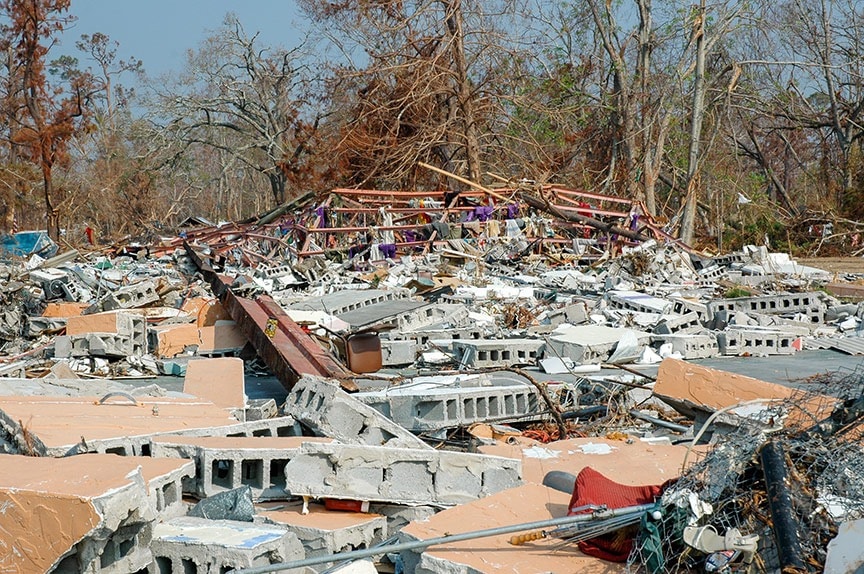
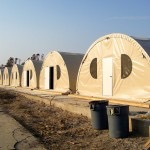


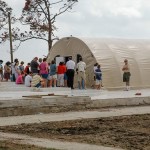


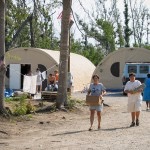
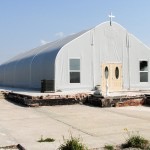
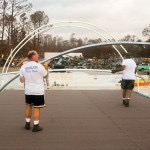


1 Response